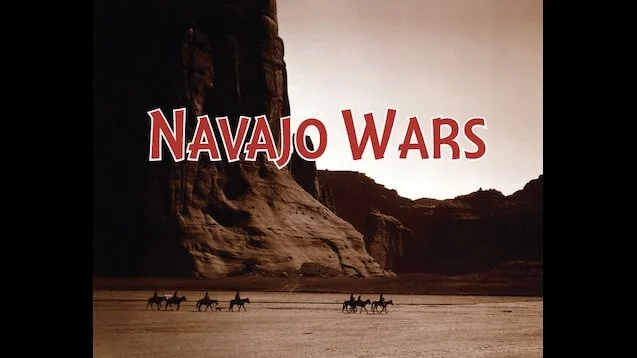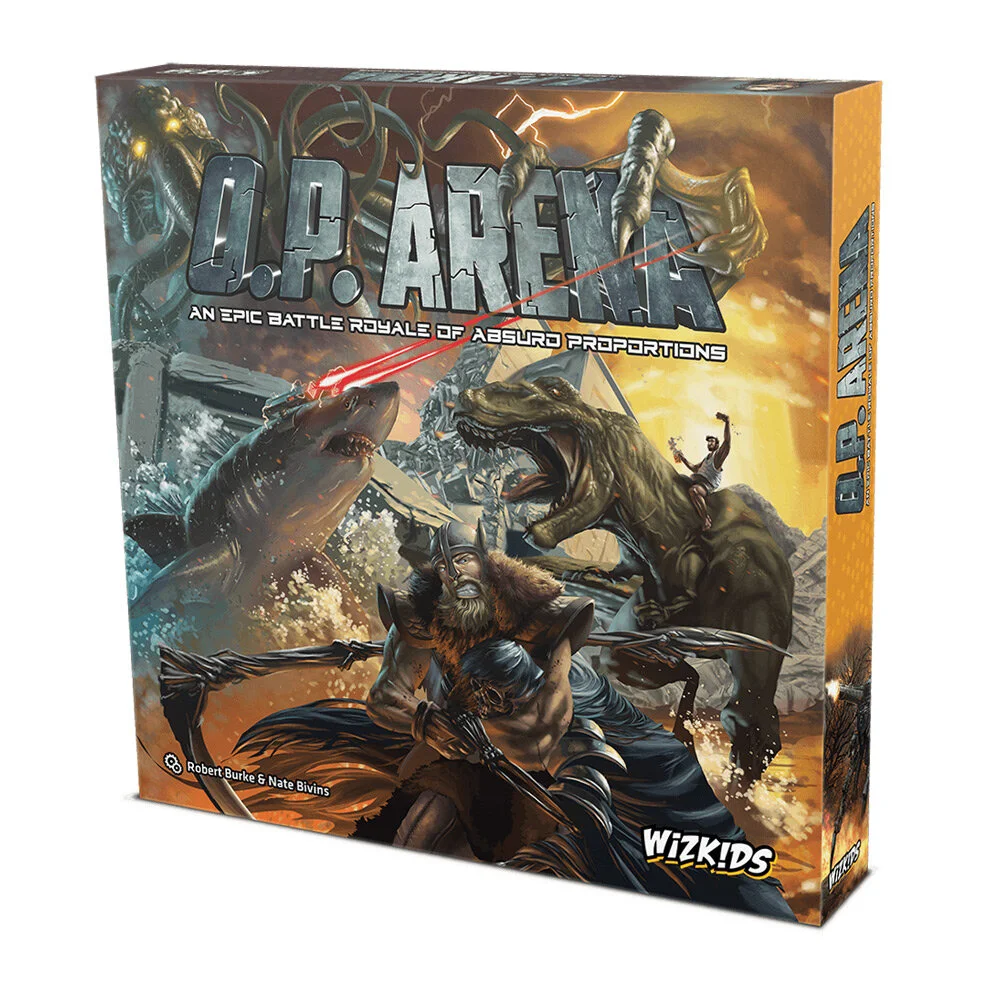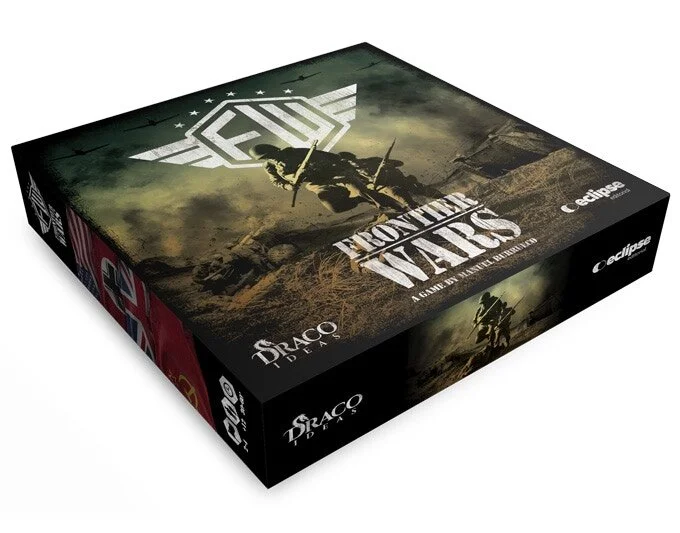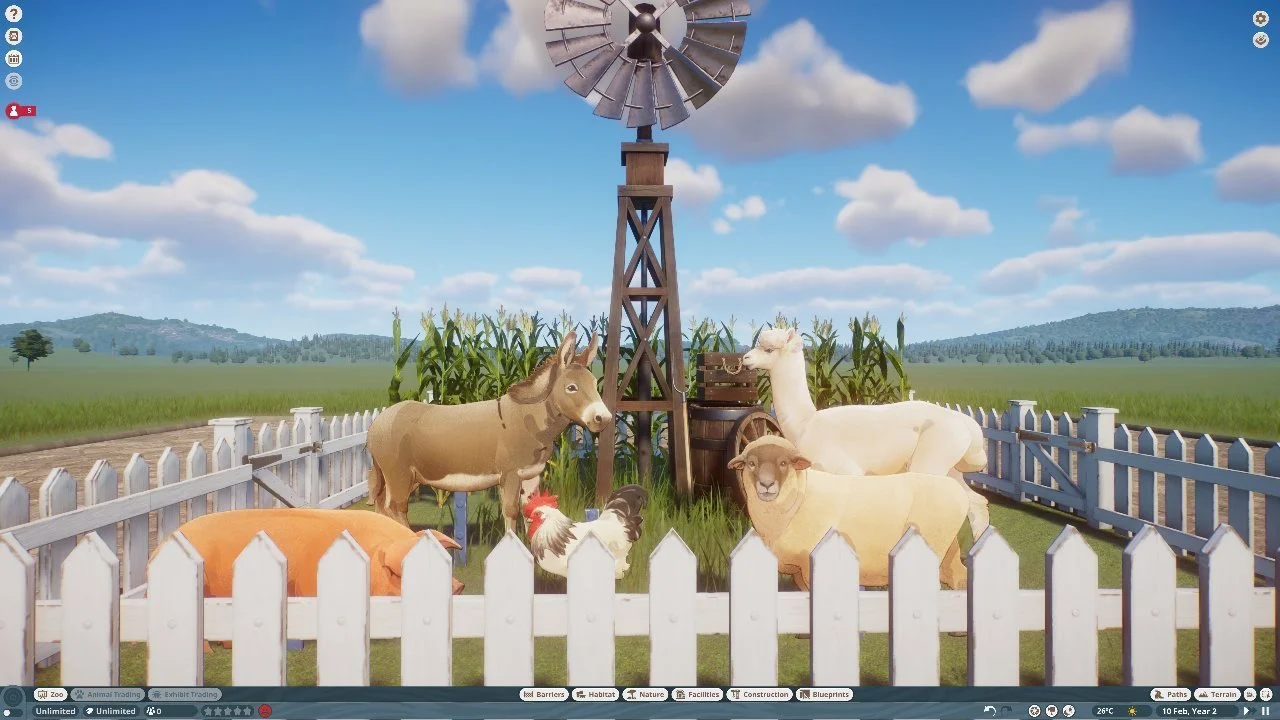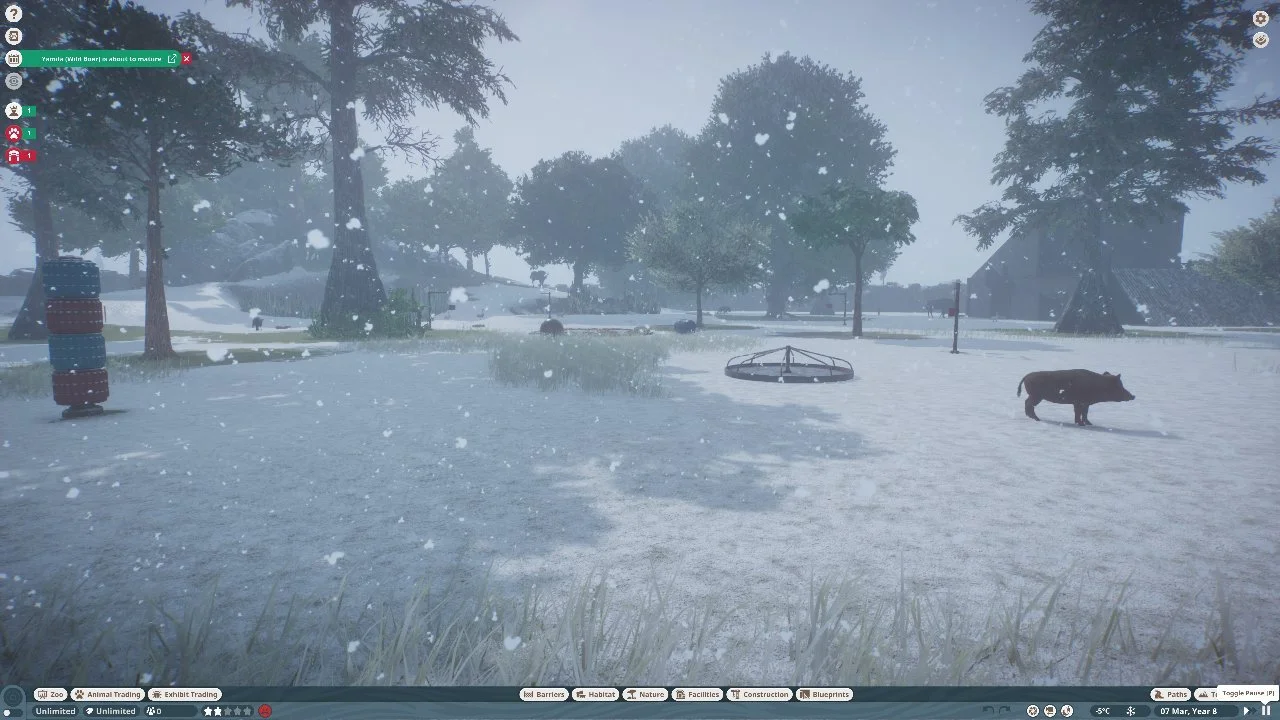Review copy provided by GMT Games
Twilight Struggle is a two-player, card-driven tabletop simulation of the Cold War between 1945 and 1989. Designed by Ananda Gupta and Jason Matthews, the board game combines political warfare and global maneuvering into a power struggle between the two world superpowers of the historical period.
And the game has immense staying power. Originally published by GMT Games in 2005, Twilight Struggle has released its seventh printing, and the deluxe edition improves upon the experience that so many tabletop gamers have come to love. It ranks in the top ten games overall on BoardGameGeek—the popular board gaming community—and is the number one wargame.
What makes Twilight Struggle so special? How can forty-five years of history and event cards on a global map captivate gamers and rise to the highest level of respect in the tabletop world?
It all comes down to the simplicity of design and strategic depth.
STORY
World War II ended with the dissolution of the Nazi war machine and the destruction of the Japanese empire with the advent of nuclear warfare. In 1945, the great nations of the world had been weakened, leaving only two global superpowers—the United States and the Soviet Union. The US and the USSR. The biggest war in history had ended, but a new threat had emerged from the ashes. It was not a conflict of open war, but one of shadowy turmoil. Politicians and spies replaced soldiers. For forty-five years, the United States and the Soviet Union influenced the geopolitical status quo, spurred an international arms race, opposed the expansions of foreign ideologies, and scrambled to claim power in the vacuum left behind by the Second World War.
Twilight Struggle spans that time in a simulation of the Cold War, and all the events of those five decades are condensed into the bitter feud and global tug-of-war between the two superpowers.
GAMEPLAY
The gameplay in Twilight Struggle is driven by area control and card management. And the overall structure of the game is divided into three phases—early war, mid-war, and late war. Each phase consists of distinct historical events that appear in the form of additional cards to supplement the draw deck.
The winner is the first player to accumulate twenty victory points from events and global scoring.
Simultaneously a simplistic game and a deeply complex one, Twilight Struggle may divide strategy gamers upon first play. Players fight for influence across countries and continents while events either disrupt the opponent’s advances or augment the plans of the active player.
An interesting mechanic defines the gameplay in Twilight Struggle, though. Players draw cards from the same deck, which means that both players will possess cards in hand that benefit their opponent. That can be tricky because it limits the possibilities of play and forces a player to consider the least-damaging outcomes in order to achieve their goal.
Need to score the Middle East this round and require greater influence to do it? Maybe sacrifice an opponent event that will increase their presence in Southeast Asia.
Have to support a coup in Central America to establish US control? Then cede control of Vietnam to the Soviets when the country revolts.
Players always have the opportunity to discard an opponent event or card to advance the space race for their respective superpower, but that can typically only be played once per round, so strategy still requires careful consideration of what can be achieved without granting too much power and influence to the other player.
Which brings us to one of the first hurdles in Twilight Struggle. Players are the most effective when they are intimately familiar with the cards. All of them. For both superpowers. If you’re a new player who is facing an experienced opponent, you will likely encounter numerous demoralizing defeats before you understand the implications of the global events and how to navigate them effectively.
Beyond the exchange of cards and the events that transpire throughout the forty-five-year war, Twilight Struggle relies on area control with US and USSR influence vying for dominance across the world. Countries are divided into battleground and non-battleground countries. Obviously, the battleground countries are more important, as they represent the most influential or integral locations of Cold War conflicts.
And some of the cards in the deck are scoring cards. Europe, Asia, the Middle East, Central America, South America, Africa, and Southeast Asia are all scoring locations. Any time a player uses one of these cards during a round, the levels of influence from the US and USSR are evaluated.
If you notice your opponent prioritizing events and influence in Europe, they might be trying to score that region this round. This means that play frequently involves players trying to undo what their opponent just accomplished.
The combination of area control and event cards results in the tug-of-war sensation that is central to Twilight Struggle. If the USSR establishes control in a region, the US will likely drag them back down before advancing somewhere else on the globe. And vice versa.
If that sounds tedious to you, it very well might be. Twilight Struggle can be a frustrating experience. Frequently, I was undone by rounds where my entire hand was opponent events. Or by horrible die rolls that resulted in failed coups or a lack of progress in the space race.
Setbacks like that might deter many gamers, but there is a distinct appeal in Twilight Struggle to board gamers that crave complex and interconnected gameplay mechanics. The Cold War was an exhausting tally of wins and losses on both sides.
Players will experience that turbulence during Twilight Struggle. But the effective implementation of a global strategy over decades of history is satisfying. When you nullify all of the advances of your opponent while gaining control and power in different regions around the world, it’s a thrilling experience.
Understanding the large event deck and how all of the cards affect each other is critical to appreciate the depth and beauty of Twilight Struggle.
It’s a grueling tug-of-war game. But it’s also an elegant simulation of a harrowing time in the political history of the world.
VISUALS
The seventh printing, and deluxe edition, of Twilight Struggle enhances the gameplay experience with the highest quality components yet and the classic blue-and-red coloring that accentuates the dual powers enmeshed in global conflict.
A mounted map, sturdy tokens, and the most complete deck of cards yet all elevate the tabletop game to a new level. An exhaustive rulebook provides a detailed guide to all of the nuances at play.
And the outer artwork on the box displays the long reach of history in the five decades of the Cold War.
REPLAYABILITY
The deck is distributed multiple times over the course of the game, and the strategy differs depending on which superpower you decide to control.
Variability is core to the Twilight Struggle experience. One game might be an absolute rout of the opponent. One could be a nail-biting thrilling. Tense and ever-changing, Twilight Struggle will provide hours of replay and the opportunity for numerous clashes between the US and the USSR.
While I haven’t mentioned it until now, a digital edition of Twilight Struggle exists, and it can further develop your passion and interest in the game. It also complements a physical edition by providing two avenues for play.
Developed by GMT Games and Asmodee Digital, it’s an excellent adaptation of the hit board game. The digital edition also removes some of the calculations necessary for gameplay. Players who are overwhelmed by the complexity of the tabletop version might find the PC version much more appealing.
WHAT IT COULD HAVE DONE BETTER
Twilight Struggle is better the more you play it. Learning the card and understanding the complex relationship between the two superpowers is essential to playing with intelligence and cunning.
This is why I seriously recommend that players consider buying the digital edition as well if they want to play Twilight Struggle frequently. If you’re not a veteran strategy gamer, it’s not as burdensome as the tabletop game.
The two versions complement each other well, and they shore up the weaknesses of the historical simulation. Want a tense, three-hour battle of the minds that doesn’t end until one side triumphs over the other and influences the world? Play the physical version of the board game. Don’t have the time for that? Trade blows with your opponent one card at a time over the course of days or weeks as you comfortably enjoy the digital edition, minus all the calculations and rule reminders that are necessary for the tabletop game.
VERDICT
You may not like Twilight Struggle at first. But if you keep playing, you may very well love it. It’s a difficult game to learn, but it’s one of the best wargames for a reason. Few games out there condense five decades of history into a thrilling afternoon of strategical warfare. Twilight Struggle is great, but be prepared to lose. One side always does.





